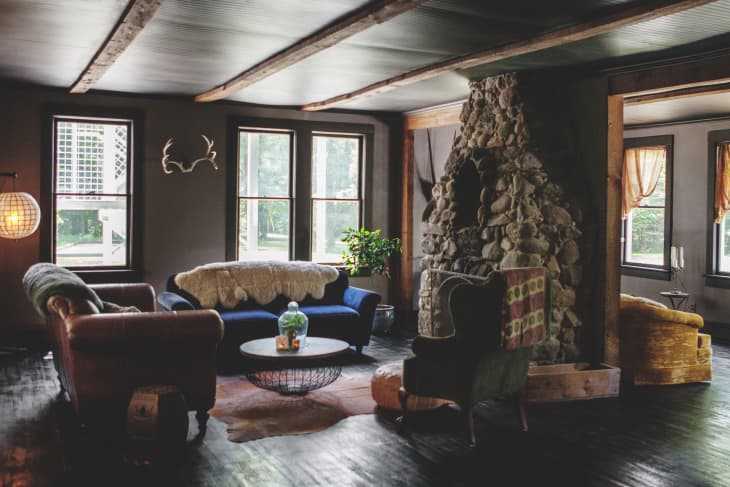
We know, we know. Just writing those words hurt our hearts. But it’s true: the first day of Fall (has come and gone), which means Winter is right around the corner. Now is the time to weatherize your home before the heat is blasting in (and probably escaping out of) your home. Did you know that the amount of heat escaping through cracks in the average house is equivalent to having an open window year round? Inadequate insulation and air leakage are the leading causes of energy waste in homes. Cut down on the chilly drafts, reduce your heating bills, and slash your overall home energy use this winter with the following tips:
- Get an energy audit. Make an appointment for an energy rater, as they’re also called, to come to your home and assess its energy performance and recommend a solution. You can find energy raters through the Residential Energy Services Network or from Energy Star, a joint program of the U.S. Department of Energy and the Environmental Protection Agency.
- Do a walk-through of your home and look for cracks, holes, leaks, and drafty areas. Make sure to check around windows and doors, electrical outlets, heating vents, fireplaces, baseboards, and attic spaces. Apply weather-stripping around drafty doorjambs and windowsills, and use sealant or caulking to fill in the cracks in ceilings and floors. Weather stripping can be purchased at most major retail stores and comes in vinyl, spring metal or adhesive-backed varieties. An expanding foam sealant is best for large cracks, while caulk works better on small holes and gaps. The Energy Department also has tips on performing this DIY energy audit.
- Inspect your heating system. Chances are your heater has some faulty ducts, so you’re losing a large percentage of your heat. Check the furnace filters and replace them as needed. Have a professional check and clean the system once a year.
- Drain Your Outside Water Pipes. Undrained water in pipes can freeze, which will cause pipes to burst as the ice expands. Start by disconnecting all garden hoses and draining the water that remains in faucets. If you don’t have frost-proof faucets (homes more than ten to 15 years old typically do not), turn off the shut-off valve inside your home.
- Check the fireplace. If you have a fireplace, make sure you plug the flue when it’s not in use.
- Seal the windows. Install storm windows if you’re able; if not, you can purchase plastic sheeting which is taped to the window and then shrunk with a hair dryer, creating a tight seal around the window and essentially “shrink-wrapping” it.
- Make sure you have proper insulation. Many older homes do not have sufficient insulation. To check for insulation in your walls, make a small hole in an unobtrusive place (perhaps in a closet) to see what the wall cavity is filled with. Also look for uneven levels or gaps in your attic insulation. Anything less than 6 inches of insulation won’t be effective in combating drafts and keeping the temperature of your home constant. A thermographic scan will give you a complete read-out of your wall’s insulation.
EnergyGuard has over 30+ years experience in window installation. Call the experts at EnergyGuard for a Free in home consultation today at 503-554-5500 or submit our online consultation request.

